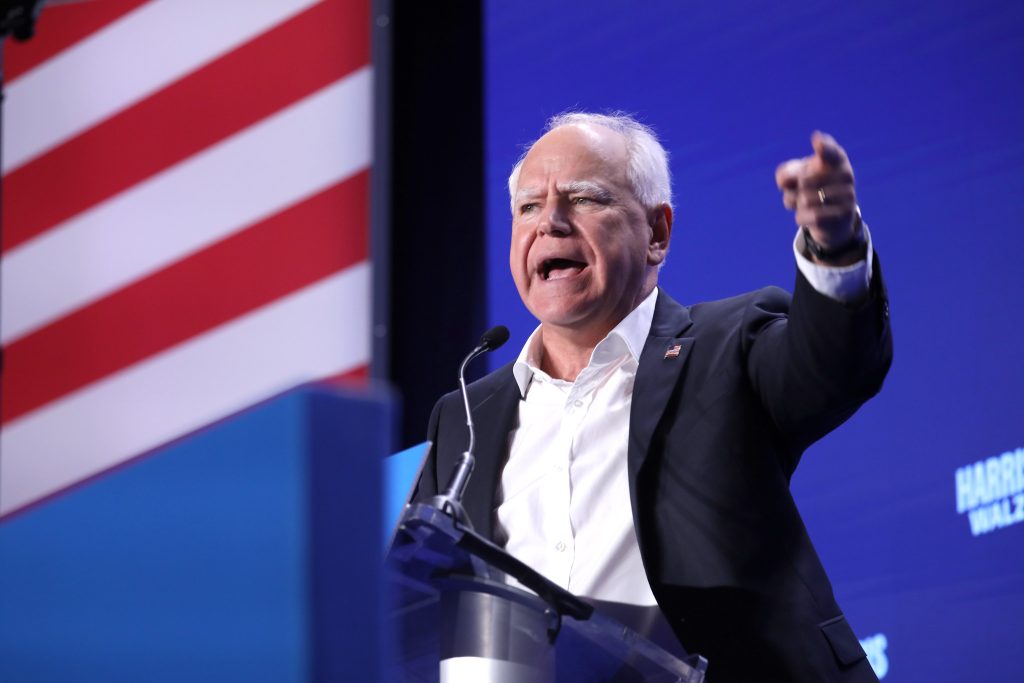By Cat Lindsay Many democracies have elected female leaders, but in the 235-year history of US politics there has never been a female president. Historically US leaders have been white males, with Obama making history as the first African American president in 2009. Obama said to a group of US voters: “Coming up with all…





